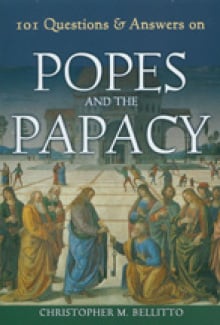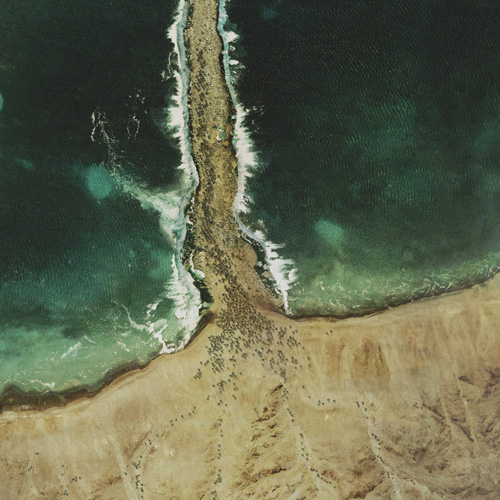It’s been a busy day, so let’s relax with some really useful trivia:
Q: I’m confused when I hear “the Vatican,” “the Holy See,” and “Vatican City.” Are they all the same thing?
Read more from the papal answer man, Chris Bellitto and his new book, 101 Questions on Popes and the Papacy.
A: No. “The Vatican” is the most generic of these three terms. When most people say or think of “the Vatican,” they think of an official place of business or authority, along the lines of what people mean when they say “the White House said today…” or “Buckingham Palace officials told reporters…”.
 The Vatican didn’t become “the Vatican” in this sense until the Middle Ages and the Renaissance. The four medieval general councils held at Rome under direct papal supervision did not meet on the Vatican hill, for instance, but at the Lateran basilica and are called Lateran I, II, III, and IV. Not until the nineteenth century was a general council called by the name Vatican: Vatican I met in 1869-1870 and Vatican II followed about a century later, 1962-1965.
The Vatican didn’t become “the Vatican” in this sense until the Middle Ages and the Renaissance. The four medieval general councils held at Rome under direct papal supervision did not meet on the Vatican hill, for instance, but at the Lateran basilica and are called Lateran I, II, III, and IV. Not until the nineteenth century was a general council called by the name Vatican: Vatican I met in 1869-1870 and Vatican II followed about a century later, 1962-1965.
“The Holy See” is a more formal, diplomatic, and governmental title; the phrase is, in fact, the one used at the United Nations. “Holy See”—coming from the word sedes or chair/seat of authority—refers to the papacy’s authority to rule the church, in a sense, and is often used interchangeably with “Apostolic See.” There is a unique character to “the Holy See,” since it does not have to refer to any geographic spot on the map. It is not the same thing as Vatican City, which is a geographic designation you will find in an atlas.
Vatican City is that city-state formed by the 1929 Lateran Treaty. It houses the papal apartments, St. Peter’s Basilica, the Vatican Museum, gardens, residences, offices, bank, post office, electric plant, security, and legal system.
–From “101 Questions on Popes and the Papacy” by Christopher M. Bellitto; published by the Paulist Press and reprinted with permission of the publisher.

